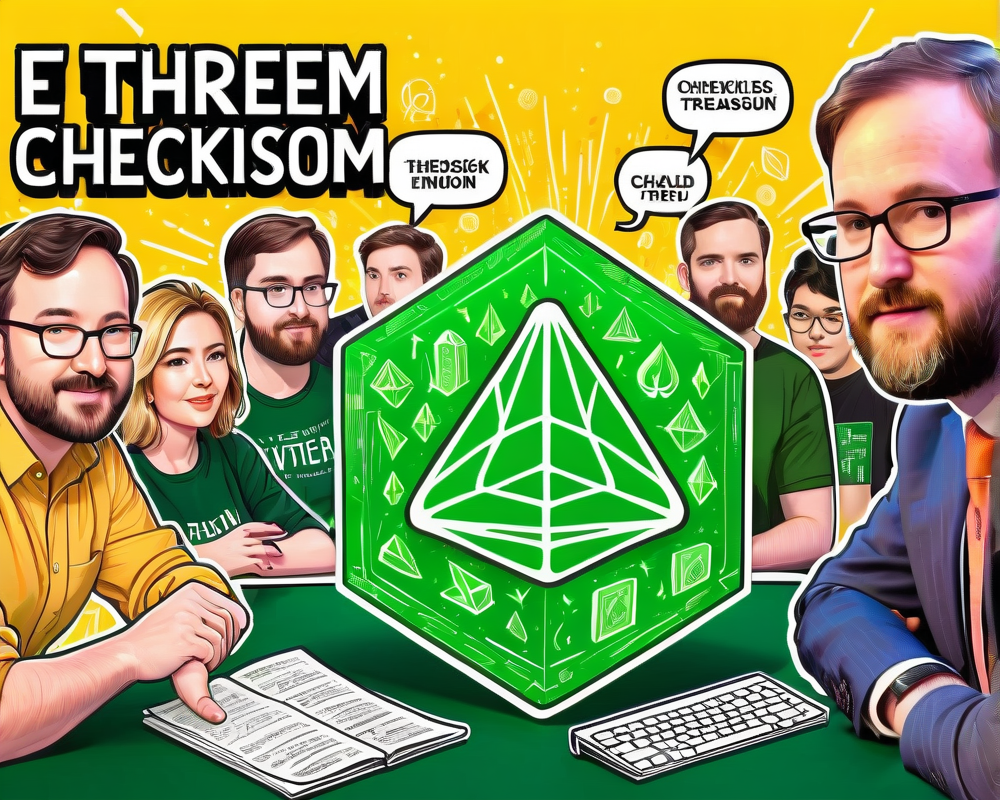Charles Hoskinson’s Vision for Ethereum Classic: The Debate Over Decentralized Treasury and Checkpointing
Ethereum Classic in Crisis
Ethereum Classic (ETC) has recently found itself in a precarious position, enduring a series of 51% attacks that left the community scrambling for solutions. In response to these incidents, Charles Hoskinson’s Input Output Hong Kong (IOHK) put forth two proposals aimed at rejuvenating the chain and its ecosystem.
Introducing the Checkpoint System
The first proposal outlined by IOHK presents a checkpoint system, designed to bolster security and prevent future 51% attacks. This innovative approach aims to provide a safety net for the network, which has been embroiled in turmoil. In Hoskinson’s view, introducing checkpoints is akin to putting on a seatbelt; it may feel unnecessary until you hit a bump on the road.
Decentralized Treasury: A Double-Edged Sword
The secondary ECIP proposes a decentralized treasury, a concept that has sparked intense debate within the community. Proponents argue that the current funding model—driven by voluntary donations—has faltered. Hoskinson asserts, “The current approach of relying on voluntarism and benefactors to support the ETC ecosystem has failed.” Make no mistake: his call for a treasury has as many fans as it does detractors.
On the flip side, critiques like Terry Culver, CEO of ETC Labs, fear that such a proposal might resemble a “money tree” benefiting a select few while impoverishing miners. If implemented, miners would see their block rewards shrink from 3.2 ETC per block to 2.56 ETC, leading to whispers of revolt as they weigh their options in a landscape littered with more lucrative mining opportunities.
The Impacts of Reduced Rewards
There’s a potential silver lining, of course: the treasury could theoretically inspire investment back into the network. However, convincing miners that a 20% haircut in rewards will ultimately lead to a more prosperous mining environment could be a heavy lift. These miners are not just participants; they are businesses, and they will act accordingly unless they see a different balance sheet.
The Perspective from the Community
In the ongoing tug-of-war between these visions, community discussions have become as animated as a caffeine-fueled debate team. Culver and others propose a different route, emphasizing the importance of miner incentives without breaking the economic model that keeps the network alive. As he pointedly remarked, a treasury proposal could shift ETC toward a scenario akin to a private blockchain—far from the decentralized ideal.
As stakeholders ready for further discussions, it’s evident that the future of Ethereum Classic hangs in the balance, with both sides firmly entrenched in their perspectives. A virtual meeting of ETC developers is set to dive deeper into hard fork proposals, including those critical checkpoint measures.




